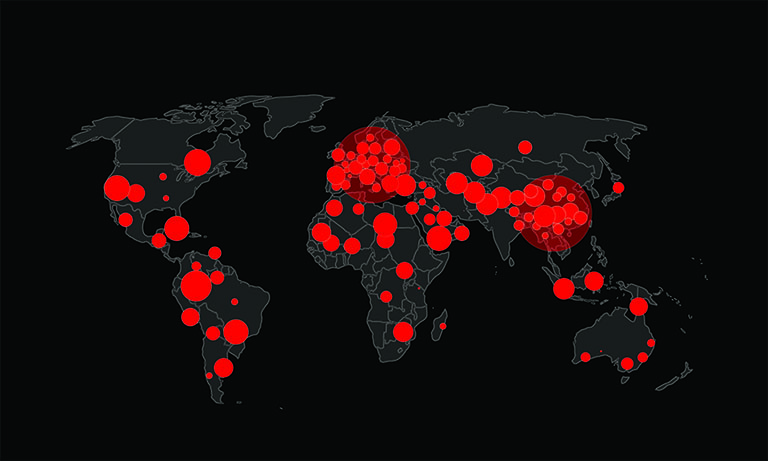Serpent Stealer Malware

Serpent is a lightweight malware classified as a stealer, designed to target log-in credentials and sensitive information from browsers and various applications. Upon successful infiltration, Serpent initiates the collection of pertinent device data. When targeting browsers, the stealer aims to extract browsing histories, bookmarks, Internet cookies, auto-fill data, and stored passwords.
This malware extends its focus to log-in credentials and associated data from messaging platforms such as Telegram, Discord, Tox, XMPP, and Pidgin. Additionally, Serpent seeks to obtain usernames, passwords, and server information from FTP clients. It also targets information related to video game platforms, including Steam, Epic Games, Minecraft, Roblox, and Ubisoft's Connect service. Cryptocurrency wallets and their log-in credentials are also on Serpent's list. Furthermore, the malware can record victims' screens and download files specified by extension.
It's important to note that the developers of this malware regularly update its software, potentially introducing additional or different functionalities in future releases.
The quiet, hidden presence of malicious software like Serpent on devices can lead to system infections, privacy concerns, and financial losses.
What Should You Do if You Suspect Your PC is Infected With an Infostealer?
If you suspect that your PC is infected with an infostealer, it's crucial to take prompt and effective action to mitigate potential risks. Here are steps you should consider if you believe your computer has been compromised by an infostealer:
Disconnect from the Internet:
Disconnect your computer from the internet to prevent the infostealer from communicating with its command and control server. This can help contain the damage and prevent further data exfiltration.
Run a Full Antivirus Scan:
Use a reputable antivirus or antimalware program to perform a full system scan. Ensure that your antivirus definitions are up-to-date before initiating the scan.
Quarantine or Remove Detected Threats:
If the antivirus scan detects any malicious files or the infostealer itself, follow the recommended actions to quarantine or remove the threats. This may involve deleting or isolating infected files.
Change Passwords:
Change the passwords for all your online accounts, including email, social media, banking, and other sensitive accounts. This helps prevent unauthorized access to your accounts in case login credentials were compromised.
Monitor Financial and Personal Information:
Keep a close eye on your financial accounts and monitor your personal information for any signs of unauthorized activity. Report any suspicious transactions or identity theft concerns to your bank and relevant authorities.
Update and Patch Software:
Ensure that your operating system, antivirus software, and all other applications are up-to-date with the latest security patches. Regularly updating your software helps close vulnerabilities that malware may exploit.
Scan for Additional Malware:
Use additional security tools, such as anti-malware scanners or malware removal tools, to scan for any remaining threats that may have been missed by the initial antivirus scan.








